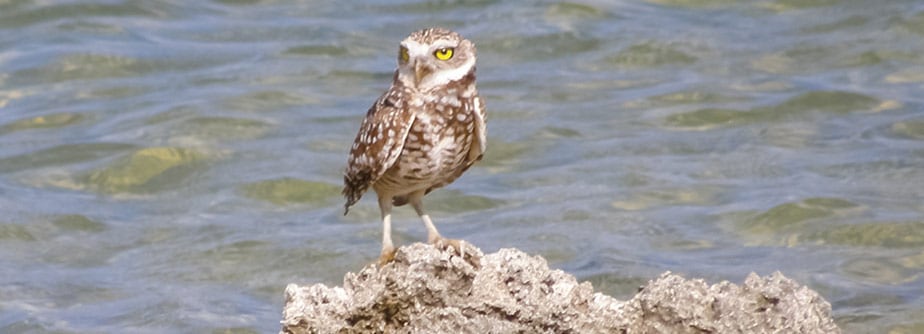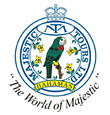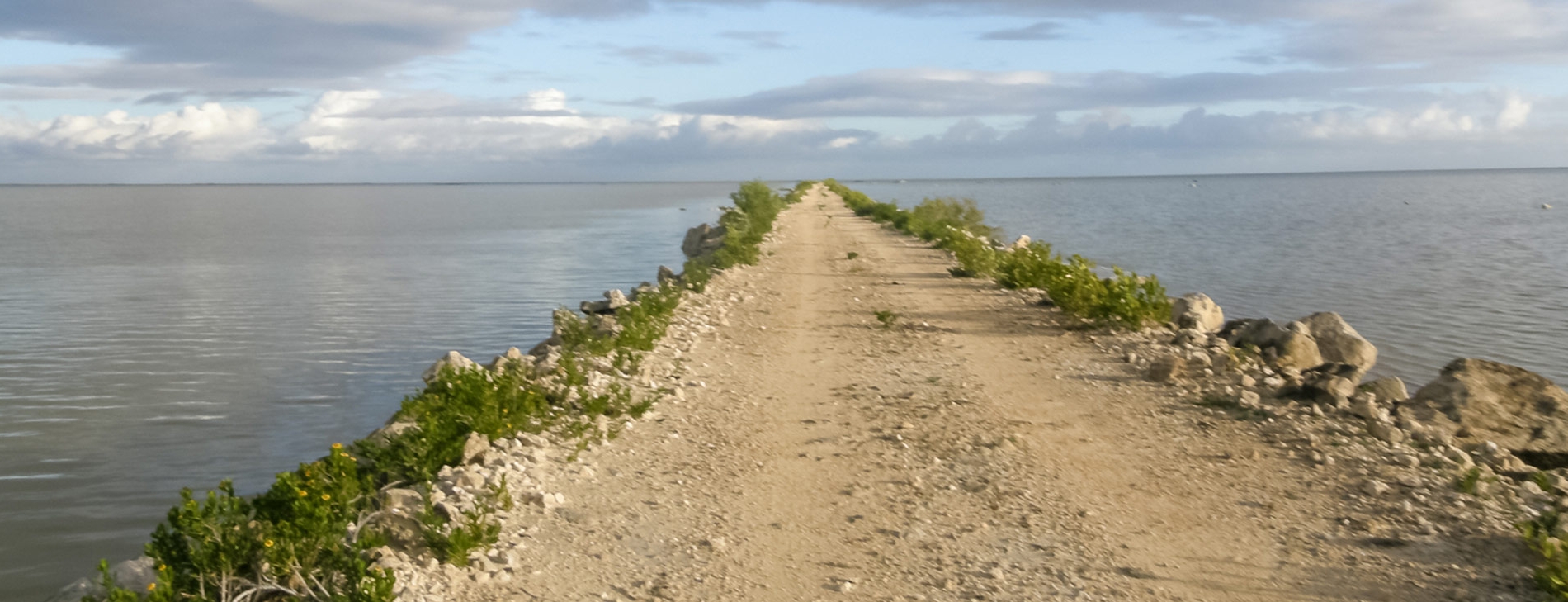Inagua

Great Inagua and its sister Island Little Inagua together form the most southern tip of The Islands of The Bahamas, where they are positioned less than 60 miles from the coasts of Cuba and Haiti.
These two islands are highly favoured for their ecotourism efforts, with Little Inagua being designated a National Park, inhabited solely by donkeys, goats and rare birds, and Great Inagua being home to The Inagua National Park which makes up almost half of the island. Amongst its resident population are approximately 30’000 West Indian flamingos to go along with its roughly 1200 Bahamians.
Great Inagua’s resident population of over 30’000 West Indian flamingos and 1200 Bahamians -a ratio of about 25 to 1! Little Inagua is inhabited only by donkeys, goats, and rare birds. This pair of islands is know as Inagua and is highly praised by visitors for its eco tours.
Don’t let the remoteness of Inagua trick you into thinking there’s not much to do on the most southern tip of The Bahamas. Truth is, many travelers find that Inagua’s quiet veneer holds a more intense pursuit of their favorite activity.
- National Parks
- Beaches
- Birding – there are 140 species on Inagua
- Guided hiking tours
Contrary to popular belief, Inagua is not an anagram for the iguana. That herbivorous animal is found in several other islands, but is not common to Inagua’s shores, nor has one ever been sighted there. The island’s original name of “Heneagua,” recorded when the first permanent settlers arrived, is said to be derived from the Spanish words for full (lleno) water (agua).
Inagua is actually two separate islands, Great Inagua and Little Inagua, covering 645 square miles. Together, they form the most southern tip of the The Islands of The Bahamas.
Great Inagua is an ideal destination for travelers who are interested in ecotourism. The Inagua National Park, which makes up almost half the island, is home to more than 30’000 flamingos and other exotic birds such as Bahama parrots, pelicans, herons, egrets, and Bahama pintail ducks. Accessing some areas of the parks is tricky to impossible, and the knowledge of a local guide & use of a good truck is an asset when exploring this enormous & remote habitat.
Also located on Great Inagua is The Morton Salt Company’s main facility. Known for seawater salt recovery, Morton Salt uses this facility to produce about a million pounds of salt per year – the second largest saline operation in North America. This has long been Inagua’s main source of industry. Here too guided tours are possible.
Little Inagua is five miles north of Great Inagua. Covered in a vast reef apron that prevents boats from getting too close, Little Inagua’s 30 square miles are completely uninhabited except for herds of wild donkeys, goats (descendants of stock introduced by the French), and a wide variety of bird life, including a rare species of heron.
There are 3 weekly flights from Nassau to Great Inagua on Bahamasair. The flight makes a stop in Inagua and Mayaguana so it is important to listen to the cabin crew as to which airport the flight lands at first. The departure time from Nassau is 9.15am on Mondays, Wednesdays and Fridays, and the flight arrives back in Nassau 1.35pm. For an up-to-date flight schedule please visit Bahamasair





Follow Us On